Walk In The Woods
Elephant
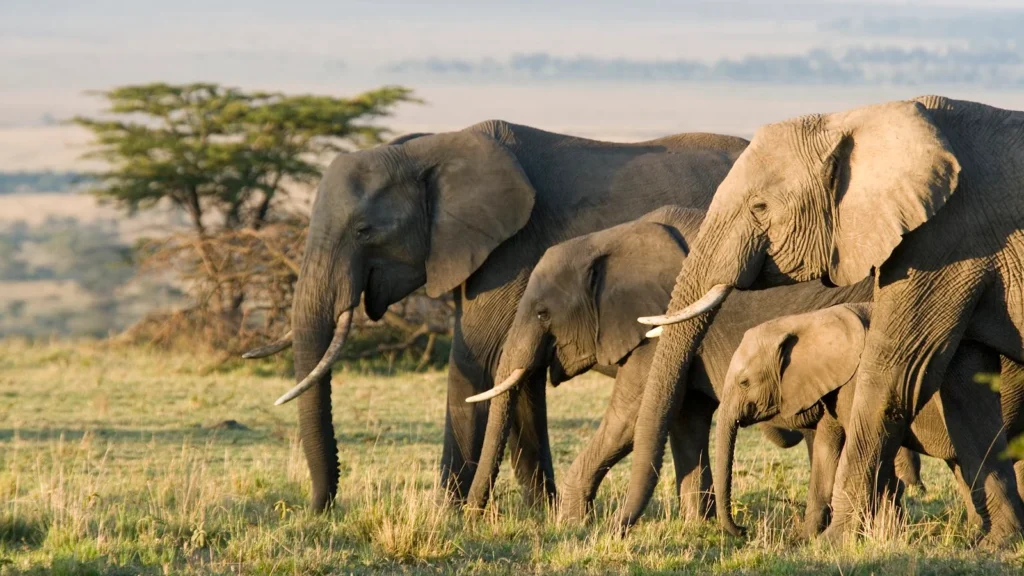
Elephants are the largest living land animal. Elephants can’t jump. Elephants spend 16 hours per day eating. One adult elephant consumes 300 – 600 pounds of food per day. Elephants can communicate with each other over far distances. Elephants can live to be 70 years old. Elephants have great memories. Female elephants are pregnant for 2 years. Elephants use mud as sunscreen. Elephants are afraid of bees.


Rhinoceros

The name rhinoceros means ‘Nose Horn’ and is often shortened to rhino. Five different species: Black Rhinoceros, White Rhinoceros, Indian Rhinoceros, Javan Rhinoceros and Sumatran Rhinoceros. All five species of rhinoceros can grow to weigh over 1000 kg (2200 lbs.). White rhino can weigh over 3500 kg (7700 lbs.). White rhinoceros are generally considered the second largest land mammal (after the elephant). Three of the five rhinoceros species are listed as being critically endangered. Rhinoceros have thick, protective skin. Relative to their large body size, rhinoceros have small brains. Rhinoceros horns are made from a protein called keratin. Rhinoceros are often hunted by humans for their horns. Rhinoceros are herbivores (plant eaters). Despite their name, White Rhinoceros are actually gray.
Bengal Tiger

The tiger is the biggest species of the cat family. Tigers can reach a length of up to 3.3 meters (11 feet) and weigh as much as 300 kilograms (660 pounds). Around half of tiger cubs don’t live beyond two years of age. Tiger cubs leave their mother when they are around 2 years of age. Tigers are good swimmers and can swim up to 6 kilometers. Tigers usually hunt alone at night time. Tigers have been known to reach speeds up to 65 kph (40 mph). Tigers can easily jump over 5 meters in length. Various tiger subspecies are the national animals of Bangladesh, India, North Korea, South Korea and Malaysia. Tigers that breed with lions give birth to hybrids known as tigons and ligers.


lion

Lions are the second largest big cat species in the world (behind tigers). The average male lion weighs around 180 kg (400 lbs.) while the average female lion weighs around 130 kg (290 lbs.). The heaviest lion on record weighed an amazing 375 kg (826 lbs.). Lions can reach speeds of up to 81 kph (50 mph) but only in short bursts because of a lack of stamina. The roar of a lion can be heard from 8 kilometers (5.0 miles) away. Most lions found in the wild live in southern and eastern parts of Africa. Lions are very social compared to other cat species, often living in prides that feature females, offspring and a few adult males. Lions are the national animal of Albania, Belgium, Bulgaria, England, Ethiopia, Luxembourg, the Netherlands and Singapore. In the wild, lions rest for around 20 hours a day.
Giraffe
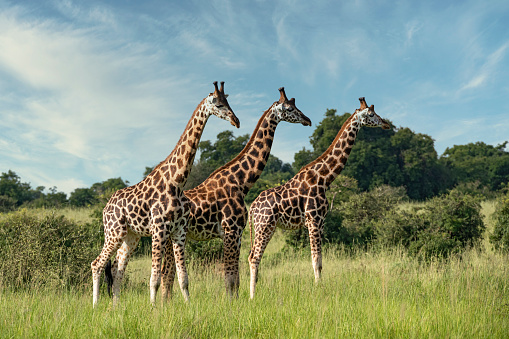
Giraffes are the tallest mammals on Earth. Their legs alone are taller than many humans—about 6 feet. They can run as fast as 35 miles an hour over short distances, or cruise at 10 mph over longer distances. A giraffe’s neck is too short to reach the ground. As a result, it has to awkwardly spread its front legs or kneel to reach the ground for a drink of water. Giraffes only need to drink once every few days. Most of their water comes from all the plants they eat. Giraffes spend most of their lives standing up; they even sleep and give birth standing up. Despite the females’ attempts to stand over their calves during attacks by lions, spotted hyenas, leopards and African wild dogs, many calves are killed in their first few months. Giraffes only need 5 to 30 minutes of sleep in a 24-hour period.

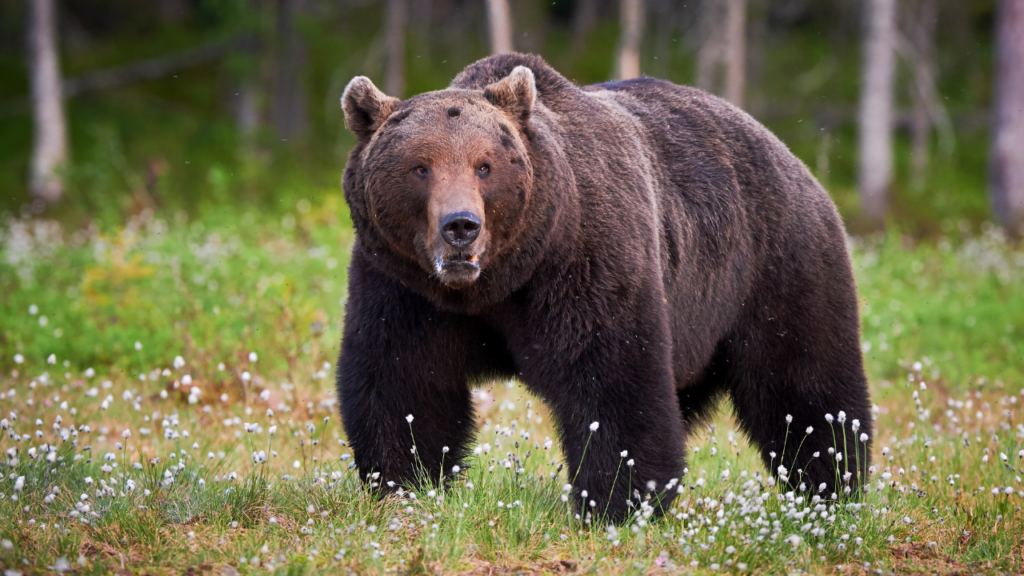
Grizzly Bear

Grizzly bear has brown fur, but hairs on the shoulders and back have white tops which give them “grizzled” look. That is why they are known as grizzly bears. Grizzly bears use growls, roars and snorts to communicate with each other. Grizzly bear is huge animal. Most bears weigh between 300 and 800 pounds, but some captured animals weighed up to 1400 pounds. Grizzly has 3-4 feet in height when it is on all four legs. It can be up to 8 feet tall when it stands on back feet.
MANDARIN DUCK
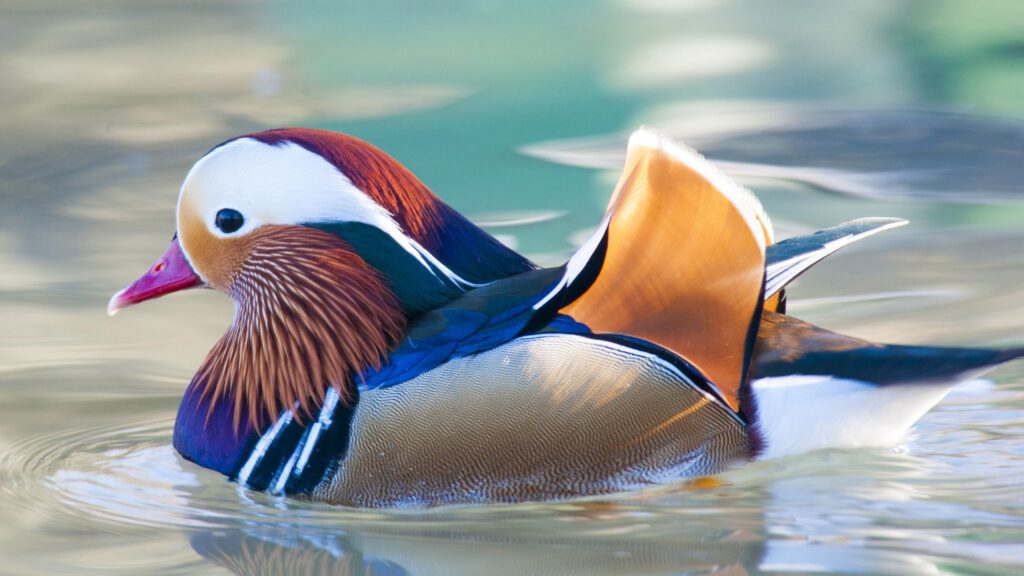
The mandarin, widely regarded as the world’s most beautiful duck, is a native of China and Japan. Mandarins favour small wooded ponds and avoid lakes or large bodies of open water. They are able to fly through trees with remarkable agility. Female mandarins don’t quack Mandarin duck is a medium sized bird. It can reach 8 to 10 inches in length and weigh between 1.5 and 2.5 pounds. Females are larger than males.


Agama Lizard

Agama can reach 15.7 inches in length. Head, neck and thighs of agamas are covered with scales Agama eats seeds, berries, fruits and eggs of other lizards and birds. Main predators of agamas are snakes. Agama has well developed sense of vision, which is used both for hunting of the prey and for avoiding the predators.
Bali Myna
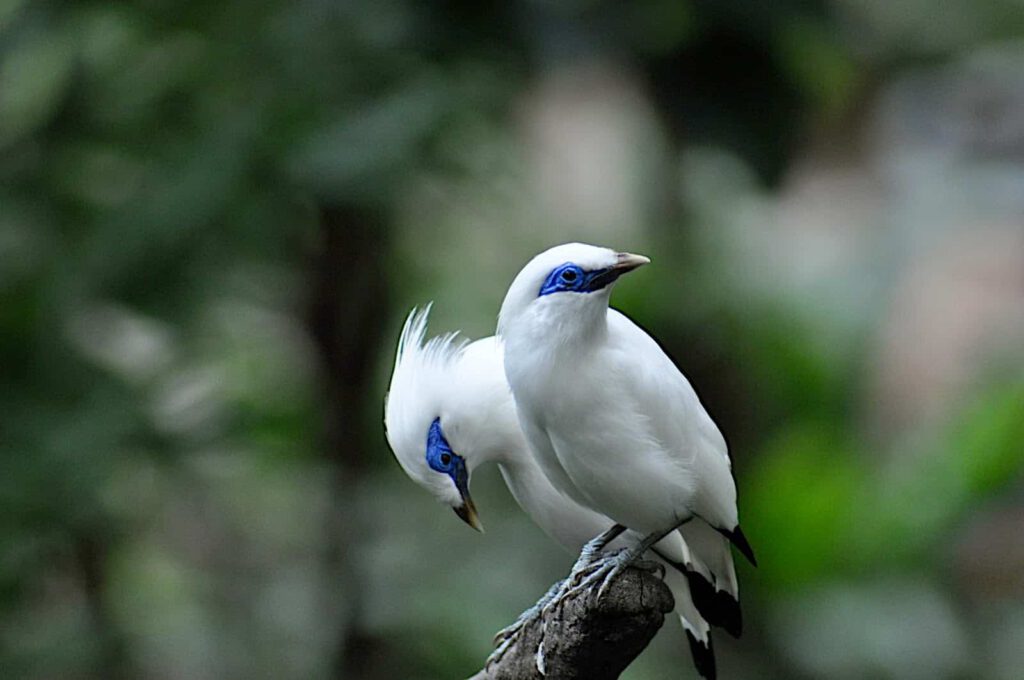
Bali Myna’s have a coat of white feathers covering most of their body. The wing and tail tips have black feathers. They measure 25cm (10 in) long. Their weight comes in between 70 and 115g (2 and 4oz). The Bali myna is an omnivore. Much of this species diet consists of insects including ants, termites and grasshoppers.


Emerald Starling

The emerald starling is also known as the iris glossy starling. It is a small starling with a metallic green crown, upper body, wings and tail. The cup-shaped nest is built in a tree cavity. The male and female cooperate in building the nest from leaves, and both bring food to chicks after they hatch Most species nest in holes and lay blue or white eggs.
Sika Deer
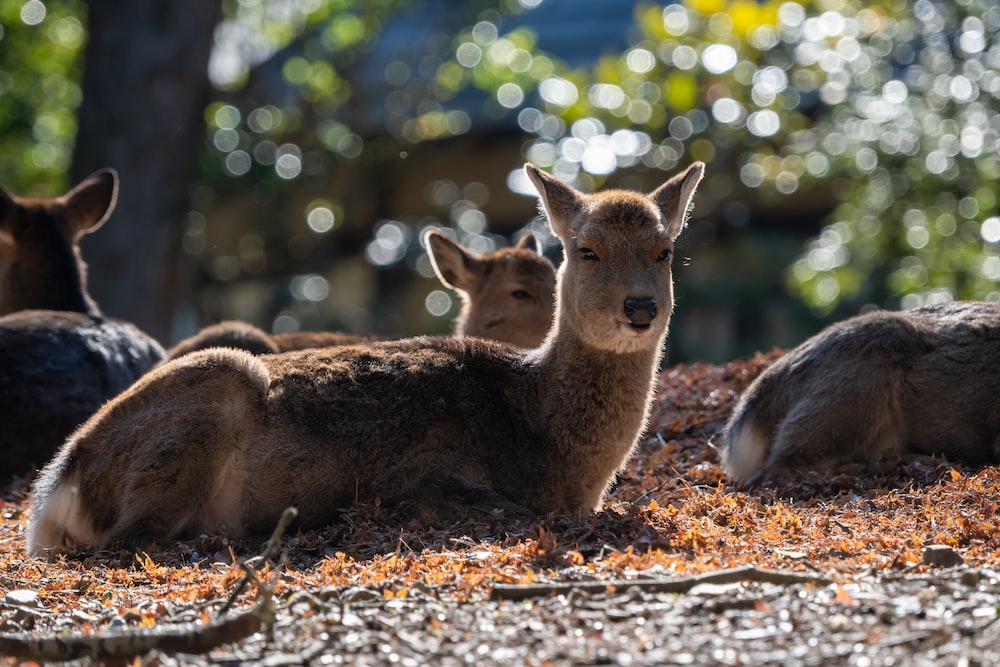
The sika deer is one of the few deer species that does not lose its spots upon reaching maturity They are medium-sized herbivores They can vary from 50 to 110 cm (20 to 43 in) tall at the shoulder and from 95 to 180 cm (37 to 71 in) in head-and-body length. The tail measures about 7.5–13 cm (3.0–5.1 in) long. Females carry a pair of distinctive black bumps on the forehead.


Polar Beer

Polar bears can currently be found in five different countries: United States, Canada, Russia, Greenland, and Norway. Serious Stamina: Polar bears can swim for days at a time to get from one piece of ice to another. They are the largest living carnivores on land. Their sense of smell is incredibly strong. They have a high fat diet. Polar bears are actually black.
Ural Owl

The Ural owl (Strix uralensis) is a large nocturnal owl The bird has an exceptionally long tail that bears a wedge-shaped tip In color, this owl tends to be a plain pale greyish-brown to whitish overall, with a slightly darker grey-brown to brown back and mantle with contrasting whitish markings These birds tend to occur in mature but not too dense primary forest, which can variously be in coniferous, mixed, or deciduous areas. They are highly territorial and residential birds that tend to stay on the same home range throughout the year.

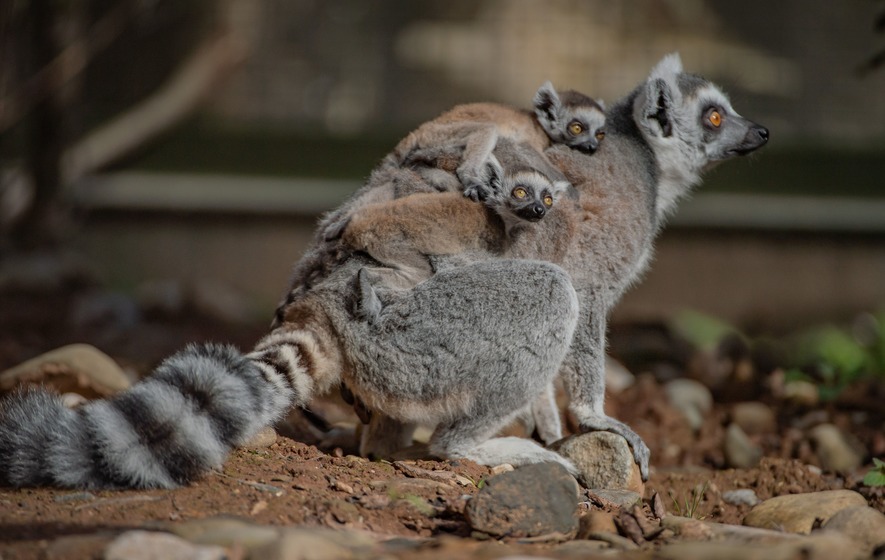
Lemurs

The ring-tailed lemur is a large, vocal primate with brownish-gray fur and a distinctive tail with alternating black and white rings. Male and female ring-tailed lemurs are similar physically. They are roughly the same size, measuring about 42.5 cm (1.4 ft.) from head to rump and weighing roughly 2.25 kg (5 lb.). Females reproduce starting at 3 years of age, generally giving birth to one baby a year. The newborn is carried on its mother’s chest for 1-2 weeks and then is carried on her back. Ring-tailed lemurs are considered endangered by the IUCN Red List. The main threat to their population is habitat destruction.
Crested Coua
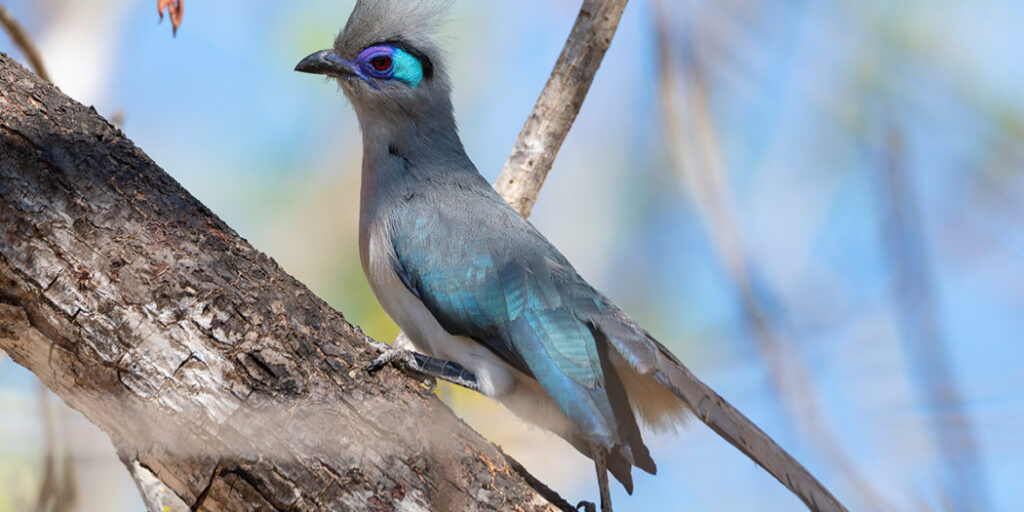
The Crested Coua (Coua cristata) is a medium-sized, approximately 44 cm long, greenish-grey coua with grey crest, blue bare orbital skin. The crested coua is found only in Madagascar. Their diet consists mainly of various insects, fruits, berries, seeds, small reptiles, snails and some small vertebrates such as chameleons. Adult great crested flycatchers usually measure between 17–21 cm (6.7–8.3 in) in length with a wingspan of around 34 cm (13 in). The call of these birds is a whistled weep.


Monarchs Butterfly

Monarchs are large, beautifully colored butterflies that are easy to recognize by their striking orange, black, and white markings. Monarch butterflies live in North, Central, and South America as well as Australia, some Pacific Islands, India, and Western Europe. Females have thicker veins in their wings. The butterflies get their toxins from a plant called milkweed. The most amazing thing about monarch butterflies is the enormous migration.
Black Caiman

Caiman is a reptile that is closely related to alligators and crocodiles. Caimans can reach 5 to 20 feet in length and weigh from 220 to 1100 pounds, depending on the species. Caiman’s body is covered with hard scales that act like an armor. It can be olive green, grey, brown or black in color. Skin is sometimes covered with pale stripes and spots which provide camouflage. Caiman has excellent sense of hearing and eyesight. They can swim at speed of 30 miles per hour Caimans have long lifespan. They can survive 30 to 40 years in the wild and up to 60 years in captivity.


Sea Eagle

Eagles are large birds of prey, meaning that they hunt and eat animals for food. Eagles have long held a special place in the human imagination because of their strength and soaring flight. Female eagles are generally larger than males. A female bald eagle may be as long as 43 inches (1.1 meters). A male bald eagle is about 36 inches (0.9 meter) long. They are excellent hunters because of their keen eyesight, strong claws, and hooked beak.
Lilac
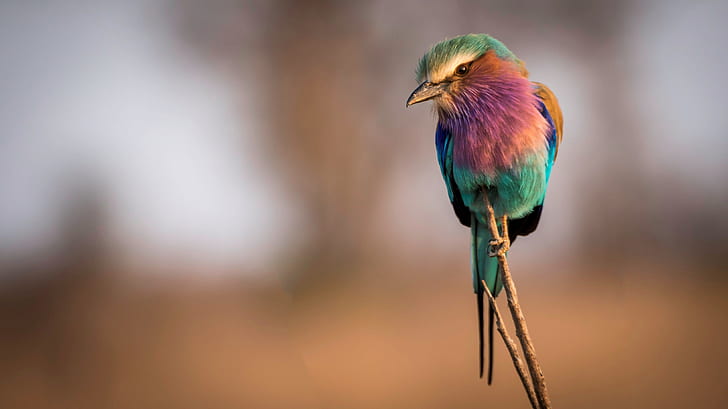
The lilac-breasted roller (Coracias caudatus) is an African bird of the roller family, Coraciidae. It is widely distributed in sub-Saharan Africa, and is a vagrant to the southern Arabian Peninsula. It prefers open woodland and savanna, and it is for the most part absent from treeless places. Nesting takes place in a natural hole in a tree where a clutch of 2–4 eggs are laid, and incubated by both parents. During the breeding season the male will rise to a fair height (69 to 144 m), descending in swoops and dives, while uttering harsh, discordant cries.


Red-Crowned Cranes

In Japan and China, cranes, especially Red-Crowned Cranes, are thought to be good luck. The Japanese believed the crane lived for 1,000 years, so it became a symbol of long life. Red-Crowned Cranes can grow up to five feet tall. They weigh only about 17-25 pounds; they’re the heaviest species, or kind, of crane. Red-Crowned Cranes are omnivores; this means they eat both animals and plants. Red-Crowned Cranes live in the countries Japan, China, Russia, and Korea.

